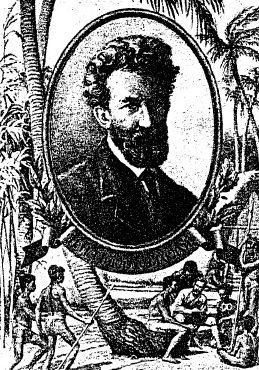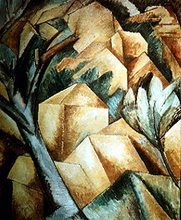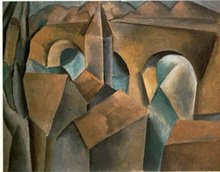Abstract
Keywords: worshipping of a tomb, megalithic culture, Neolithic cultural unity, Eurasia-Pacific area.
In 2008 I visited the Temple of 18 Deity Kings ((十八王公廟)) on the most northern shore of Taiwan. This temple and its symbolism became a focus of my studies on the Master’s Program and resulted with the thesis, which was named Change and Stability of Eurasian Symbols in Taiwan Popular Religion: A Case Study of the 18 Deities Cult. After analyses of the symbols in the temple foundation mythology I supposed that the 18 Deity Kings cult is a mixture of many different cults, which during the long period of its development were piled on each other and which traces went back to the periods of Paleolithic and Neolithic Eurasian cultural unity. The worshipping of a tomb and sacrificing dog in the Temple of 18 Deity Kings suggests the megalithic origin of the cult. I suppose also that there could be a megalithic construction on the temple site in the past which remained only in the form of the tomb worshipping rite. To verify this assumption the study of megalithic cultures in Taiwan is a next necessary phase in the research development. The current paper is a first step into this direction. As soon as megalithic cultures of Taiwan could not be explored in isolation this work attempts also to view the place of Taiwan megalithic sites on the wider scene of the megalithic cultures dispersal in the world.
Notwithstanding the main purpose of the study is to discover the cultural meanings and functions of megalithic constructions, since those monuments are widely distributed both in time (from Mesolithic Age - starting around 8000 B.C. - through Bronze and Iron Ages, Antiquity and Middle Ages to the present) and space (through all Eurasia, in Africa, Oceania and North America) and represented by multitude of various forms it seems the typology and classification should be the starting approach among other methods of studying the phenomenon. However, existing classifications seem to be very unclear and confusing. Even the term ‘megalith’ itself looks to be very loose one, when it is used to name not only really huge stone monuments, and the Neolithic cultures which produced and produce nowadays a variety of middle size stone objects of unknown functions (Tulan site in Taiwan and Nias culture in Indonesia are good examples) but also applied to constructions made from timber and earth. The term “megaliths” is also often applied to different types of statues made from stone monoliths, such as, for example, kurgan stelae (stone babas) and moai of Easter Island. As it is known, the term ‘megalith’ comes from the Ancient Greek words megas meaning great, and lithos meaning stone; so I would suggest to use the term ‘titanic monuments’ instead of ‘megaliths’.
Another important approach is contained in mapping the ‘titanic monuments’ sites, which could help to analyze the distribution of ‘titanic’ cultures in the world. However this approach has significant difficulties caused by phenomenon of the multitude of ‘titanic monuments’ forms distributed both by time and space dimensions. Another problem of mapping the ‘titanic monuments’ is in the fact of their high dependence from the phenomenon of cultural change. Of cause, the best way for mapping is to take into consideration all mentioned dimensions; it means typological distribution of ‘titanic monuments’ forms in space by periods of time, which will also mention the cultural function of each form of monument. The solution, probably, is to design series of dynamic maps which will show the distribution in space for each form of specific function. However to start this work it is necessary to make first the general map, where the areas of all ‘titanic monuments’ sites of any times could be reflected. The starting phase of this work is demonstrated in this work.
Igor Sitnikov












No comments:
Post a Comment